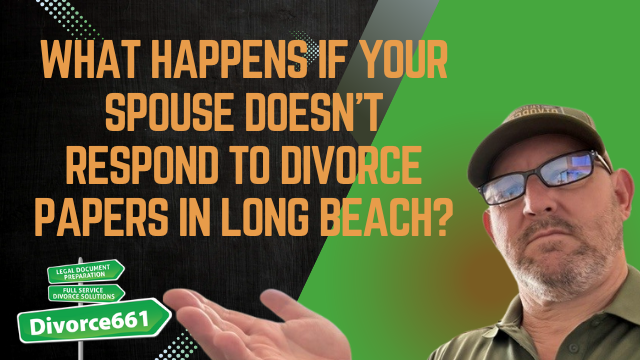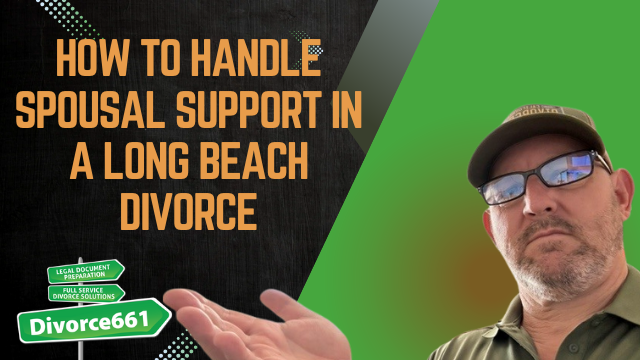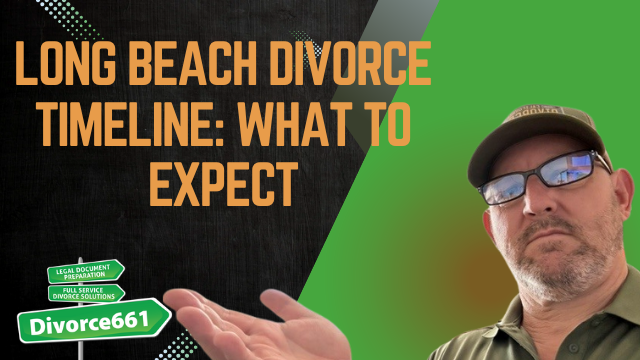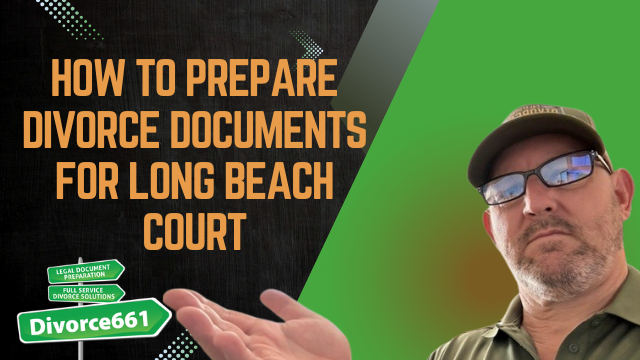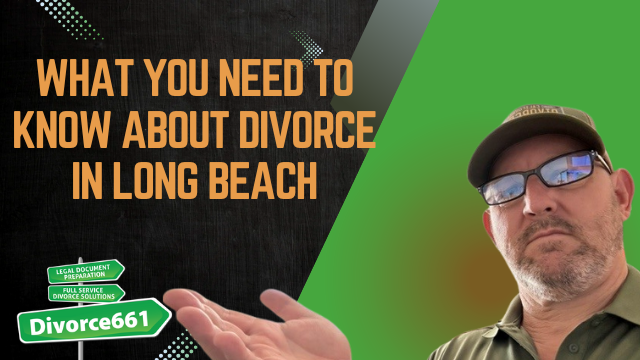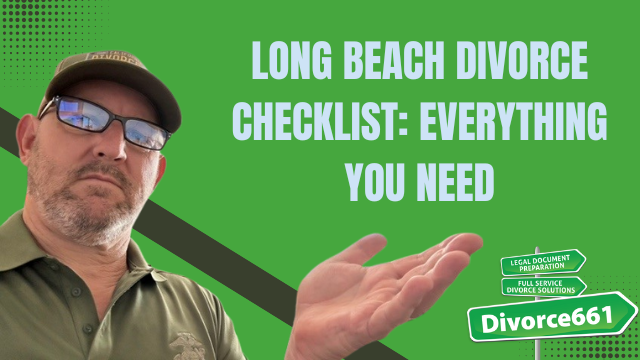What Happens if Your Spouse Doesn’t Respond to Divorce Papers in Long Beach?
If you filed for divorce in Long Beach and the other spouse ignores the papers, you do not have to sit and wait forever. California law provides a clear path to move forward when a spouse fails to respond within the required time. The process is different than a contested divorce, but it is designed so the court can finalize the case even without the other party’s participation.
How the 30-day response period works
After your spouse is properly served with divorce papers in California, they have 30 days to file a response. That 30-day window is critical. If no response is filed during that period, you can request the court to enter a default and proceed toward finalizing the divorce without the other spouse’s involvement.
What a default divorce means
A default divorce lets the court enter judgment in your case when the respondent does not participate. It does not mean you can skip paperwork or financial disclosures. It simply means the case will proceed without the other party’s agreement or presence.
Steps to obtain a default judgment
- Confirm proper service and timing. Make sure the proof of service is filed and that the 30-day response period has passed.
- File a request for default. This informs the court that the respondent did not answer and that you want the court to move forward.
- Complete financial disclosures. Even in default, you must submit the required financial paperwork so the court can make informed orders on support and property division.
- Prepare and submit the judgment package. This contains the proposed orders, marital settlement information, and any declarations or supporting documents the court needs.
- Court review and approval. In Los Angeles County, where Long Beach divorces are processed, the court often reviews default judgment packages electronically through the e-file system. If everything is accurate and complete, the court can approve the judgment without a hearing.
A recent Long Beach example
We handled a case where the spouse completely ignored the paperwork. After waiting the required period, we filed the default request, prepared all necessary forms and financial disclosures, and submitted the judgment packet to the court. The judge approved the judgment in a few weeks. The client never had to appear in court, and the divorce was finalized without the spouse’s participation.
Important things to keep in mind
- Proof of service is essential. The court will not enter default unless the respondent was properly served and that service is documented.
- Paperwork must be complete and accurate. Missing or incorrect financial disclosures or judgment documents can delay approval or lead to a hearing.
- Default does not remove financial obligations. The court still needs full financial information to make orders regarding support and division of assets.
- The respondent can later act. If the other spouse files to set aside the default, there are legal procedures available. If that happens, consult an attorney for guidance.
- Local procedures matter. Long Beach divorces are processed through Los Angeles County, which uses an electronic review system. This can speed approval when documents are in order.
If your spouse hasn’t responded, what should you do next?
Do not assume silence means you can skip steps. Confirm the proof of service, track the 30-day deadline, and prepare your financial disclosures and judgment package. If you are unsure how to complete the forms or want to avoid delays, get help from professionals experienced with default and uncontested divorces.
If you need guidance, schedule a consultation to review your paperwork and the next steps. With the right preparation, your divorce can move forward and be finalized even if the other spouse chooses not to participate.

